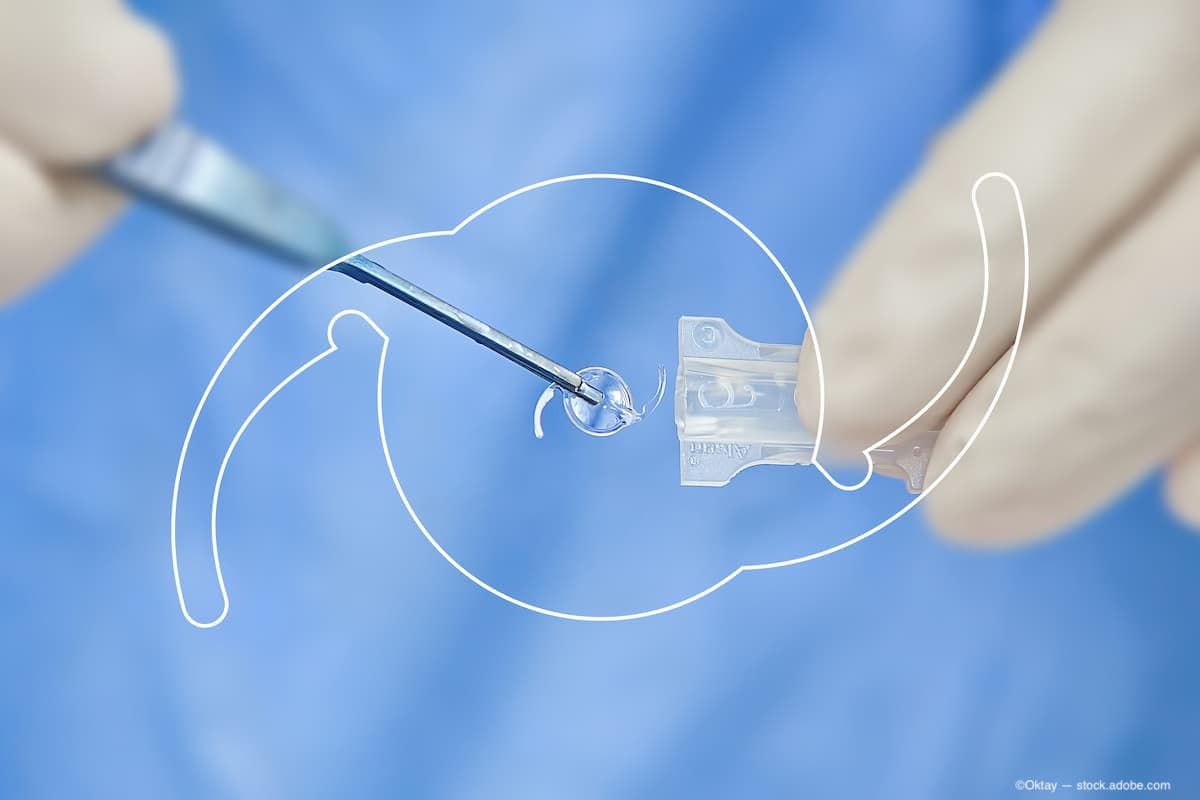Article
All things astigmatism focus of ASCRS clinical survey
Among the 2013 ASCRS clinical survey results on astigmatism, findings showed that 57% of physicians saw benefits associated with femtosecond laser arcuate incisions compared with conventional manual incisions. Other trends were identified from the more than 1,000 physician responses.
Take-home
Among the 2013 ASCRS clinical survey results on astigmatism, findings showed that 57% of physicians saw benefits associated with femtosecond laser arcuate incisions compared with conventional manual incisions. Other trends were identified from the more than 1,000 physician responses.

Dr. Vukich
By Lynda Charters; Reviewed by John A. Vukich, MD
Madison, WI-When it comes to managing astigmatism in patients, findings from a clinical survey by the American Society of Cataract and Refractive Surgery (ASCRS) were as varied as the organization’s diverse global membership.
As the topic of choice for the 2013 ASCRS annual survey-covering 168 data points with more than 1,000 physician opinion responses-astigmatism poses a number of treatment challenges for both U.S. and foreign physicians, according to John A. Vukich, MD, who presented the results.
Regarding the benefits of femtosecond laser versus manual arcuate incisions, 57% of responding physicians said they saw benefits associated with femtosecond laser arcuate incisions compared with conventional manual incisions and in capsulorhexis creation, said Dr. Vukich, private practice, Madison, WI.
Respondents were less enthusiastic about use of laser for corneal and scleral incisions and lens fragmentation. About 16% believed that laser could not offer a substantial clinical benefit in any area.
However, according to Dr. Vukich, the jury is still out regarding astigmatic correction.
“Perhaps femtosecond laser will provide some benefits, but that remains to be seen,” he said.
IOL trends
With regard to multifocal IOLs, 45% of respondents indicated that 0.75 D or more (average, 0.71 D) of residual cylinder was acceptable after implantation; 35% indicated that 0.61 D of postoperative sphere was acceptable, with 35% claiming that 0.75 D was an acceptable level before the quality of vision was compromised. In cases with more than the acceptable levels of sphere and cylinder, 39% of surgeons indicated they turn to limbal-relaxing incisions or astigmatic keratotomy and glasses or contact lenses.
As for presbyopia-correcting IOLs, 51% of respondents use laser vision correction to correct residual cylinder-but many in Europe were more likely to use astigmatic keratotomy limbal-relaxing incisions while 16% prefer glasses or contacts.
For toric IOLs, only about 19% of respondents use them, with only about 15% in the United States compared with 23% outside the United States.
“The United States is lagging behind global trends in this area,” Dr. Vukich said.
Other treatment considerations
In terms of accuracy, most respondents thought that 7° of decentration had to be present before there was a visual problem, whereas 33% claimed that up to 10° off the intended axis was the limit before the vision was impacted.
The survey also found a 50/50 split on whether to flip the axis or aim for lower residual astigmatism levels.
When asked about managing a patient with cataracts with 1.25 D of astigmatism, at least 50% said they would use a toric IOL; less than 33% would use limbal-relaxing incisions or astigmatic keratotomy; and about 10% would prescribe glasses.
Correction of residual astigmatism is important to surgeons, Dr. Vukich noted, but patients are also paying attention.
Many surgeons use a biometer (IOLMaster, Carl Zeiss Meditec), with some using another device (Lenstar, Haag-Streit), to calculate the power of toric IOLs followed by topography. When determining the axis of toric IOLs, topography was the primary diagnostic method.
John A. Vukich, MD
Dr. Vukich has no proprietary interest in any aspect of this report.
Newsletter
Don’t miss out—get Ophthalmology Times updates on the latest clinical advancements and expert interviews, straight to your inbox.





